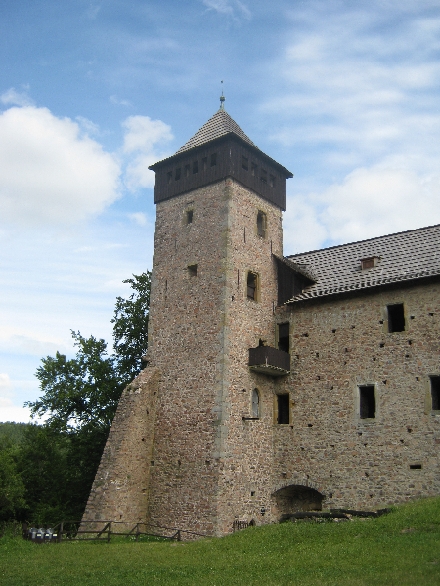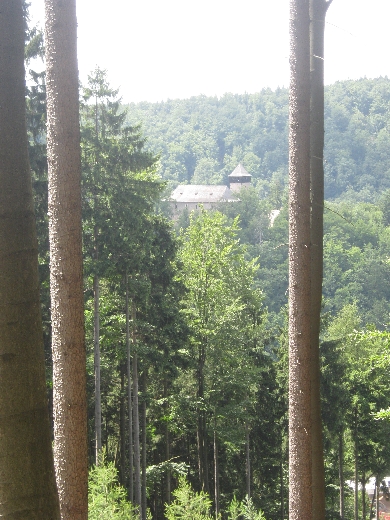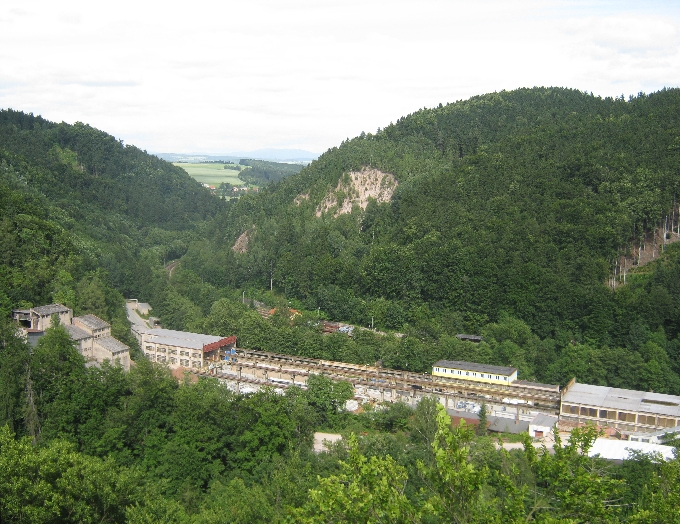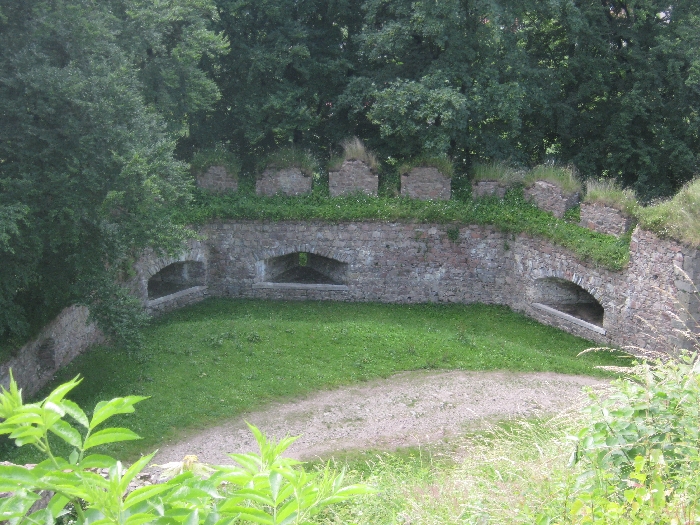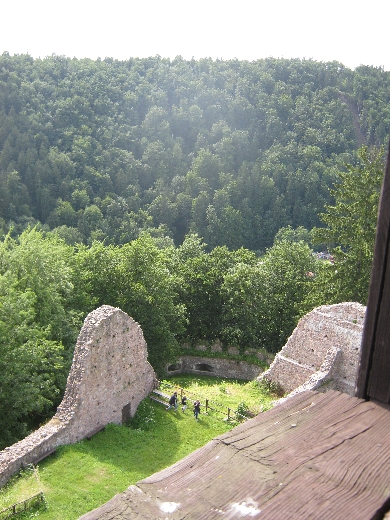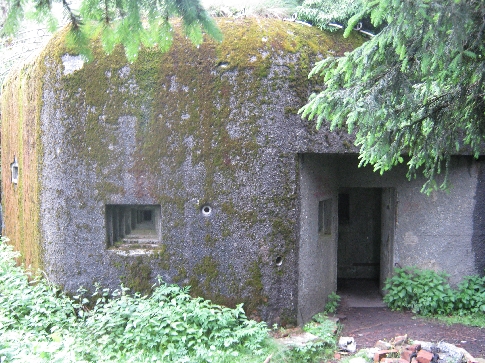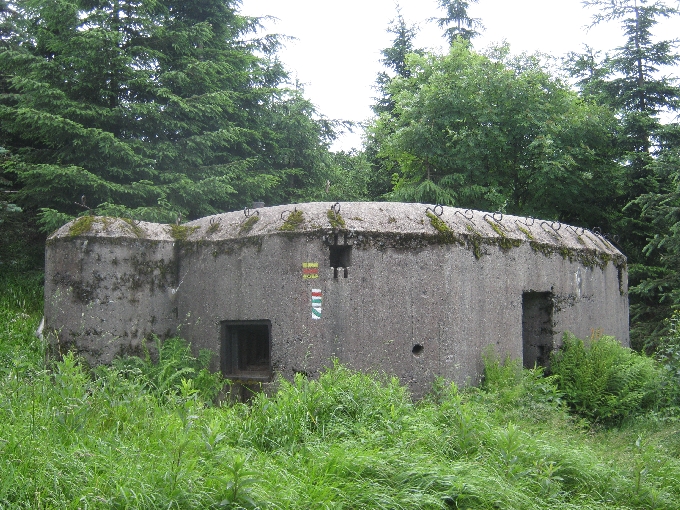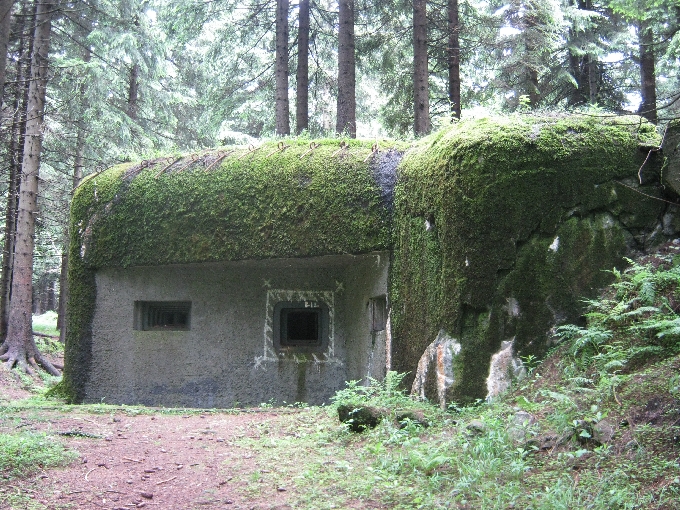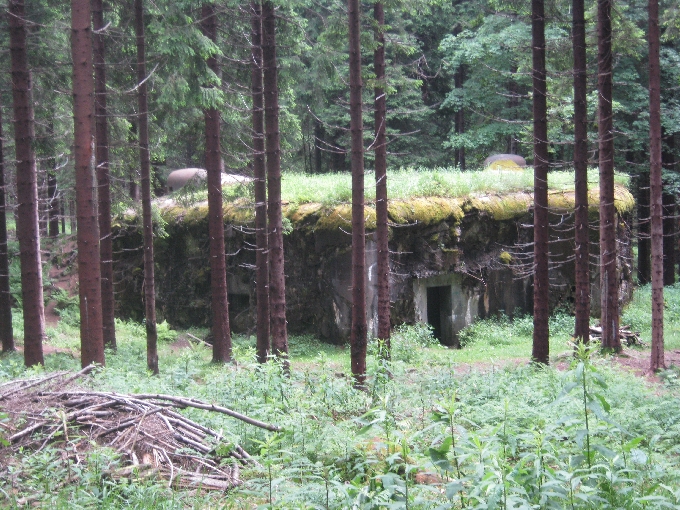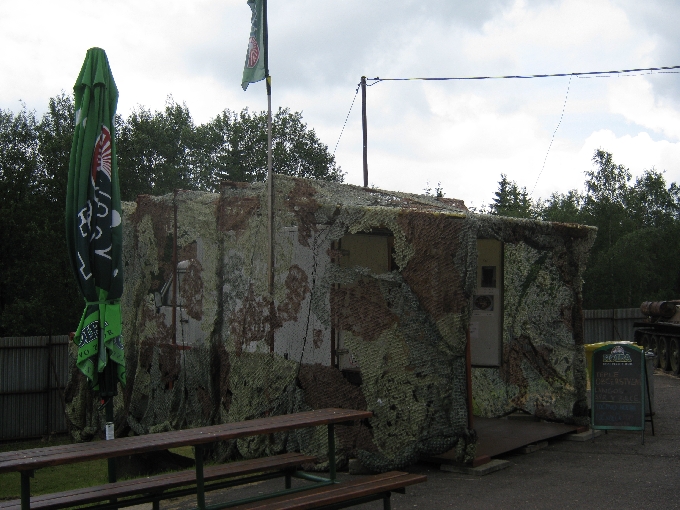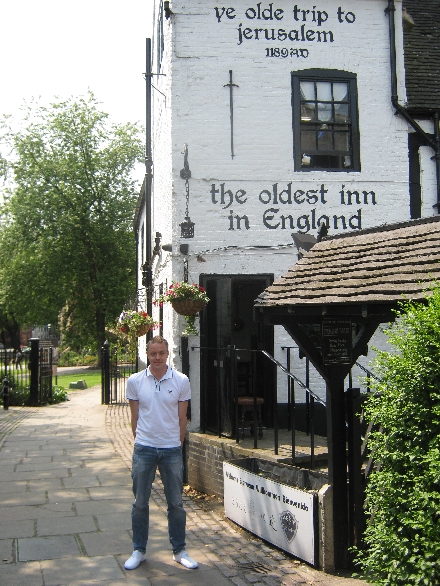
On Tuesday 2nd July, Sybille and I returned to Prague from our eight day holiday in the Orlické hory. The next afternoon, having managed to wash, dry and iron all our dirty clothes, I was off on my travels again, heading for Václav Havel Airport, as Prague Airport is now officially known, in order to spend the next five days in the UK – only my fourth visit there since moving to Prague nearly five years ago.
As on my previous visit just under a year ago, I flew with the budget Hungarian airline Wizz Air, from Prague to Luton Airport. Having landed at Luton on time at 15.30, collected my bag, got through passport control, remembering to say ‘Good afternoon’ and not ‘Dobrý den‘, I set foot outside the airport terminal, to once more experience a country in which I feel less comfortable, the longer I am away from it.
Before I fell asleep that evening, I had three ‘I know I’m in the UK’ experiences. The first came once I stepped aboard the shuttle bus to take me from the airport, to the car park at Slip End where I was to pick up my hire car. I had to listen to a long announcement all about what to do, should the bus be involved in an accident or catch on fire. All this for a five minute bus journey! Sadly this is health and safety gone mad, coupled with lawyers who offer to sue anyone you can think of to blame, for anything that might ever happen to you.
The second experience occurred that evening, after I had driven from Slip End, up the M1 to Nottingham, and met up with my son Phillip and his girlfriend Lisa. Whilst we were sitting in a pub restaurant around the corner from where Phillip lives, I overheard a bit of the conversation taking place on the table next to us. “They’re talking in English”, I thought to myself. It took a few seconds before it registered with me that this should not be surprising as I was actually in England 🙂
The third experience was a very positive one. Having finally worked out how to log on to the wifi network at Phillip’s current home, I accessed the BBC News website, to catch up with the day’s news events. It was a great pleasure for once, not to have any advertising anywhere on the site, because I was accessing it in the the UK, rather than in the Czech Republic.
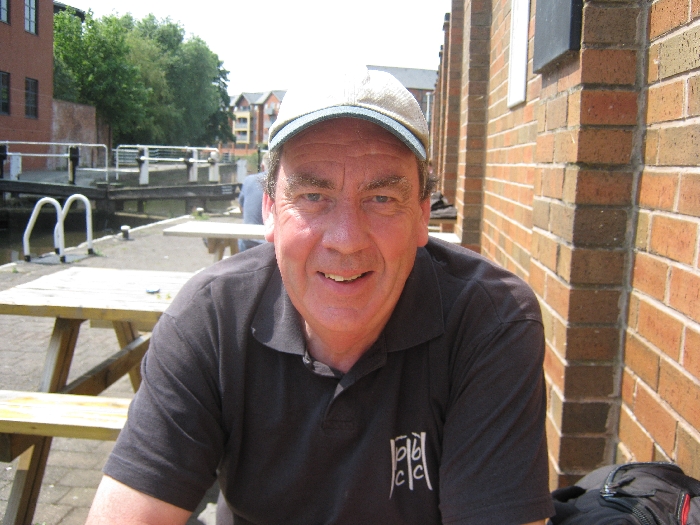
Phillip kindly took Friday 5th July as a day of his annual leave, and spent it taking me on a walking tour of Nottingham. In many respects, it might be better described as a pub-crawl of Nottingham, though it was a very warm day so we did have a good excuse 🙂 We visited the ‘Trip to Jerusalem’ which claims to be the oldest inn in England. And we had lunch in a most pleasant location, sitting alongside Castle Lock on the Nottingham Canal, outside ‘The Navigation’, where Phillip took this picture of me.
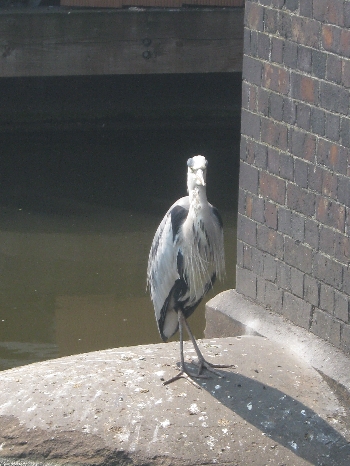
After lunch, we walked along the canal towpath to where the canal rejoins the River Trent. On our walk, we passed this heron, sitting on the base of a bridge parapet, no doubt on the lookout for his lunch!
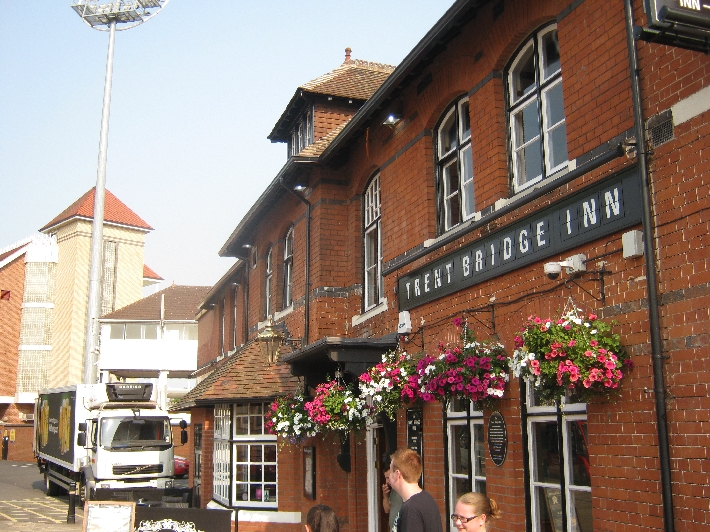
We then walked across the main bridge over the River Trent to the Trent Bridge Cricket Ground and the neighbouring world-famous Trent Bridge Inn. Banners were already out on nearby lamp posts, advertising the commencement of the Ashes Test Match series against Australia which was due to begin here on the following Wednesday. But as we enjoyed a pint sitting in the TBI, the sport on the TV screen was tennis, as we watched Novak Djokovic win his Wimbledon semi final match against Juan Martín del Potro.
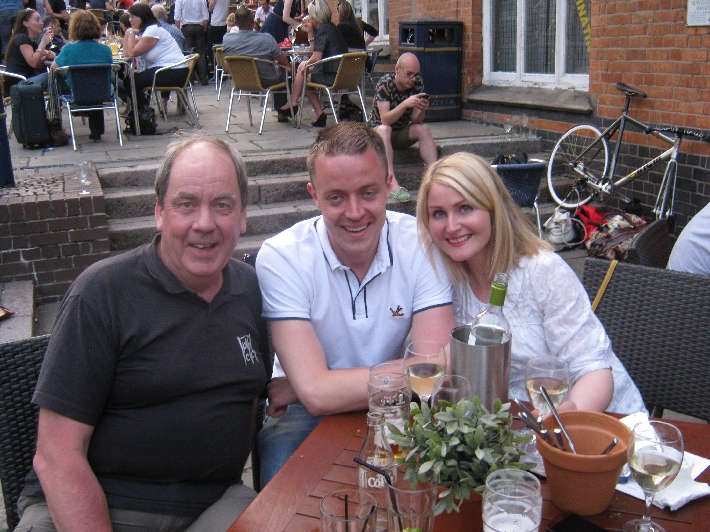
Later, we joined Lisa and some of hers and Phillip’s work colleagues, for another cool beer/glass of wine outside in the Friday evening Nottingham sunshine. My thanks to Natasha, (I hope I remembered the name correctly), for taking this photo of the three of us.
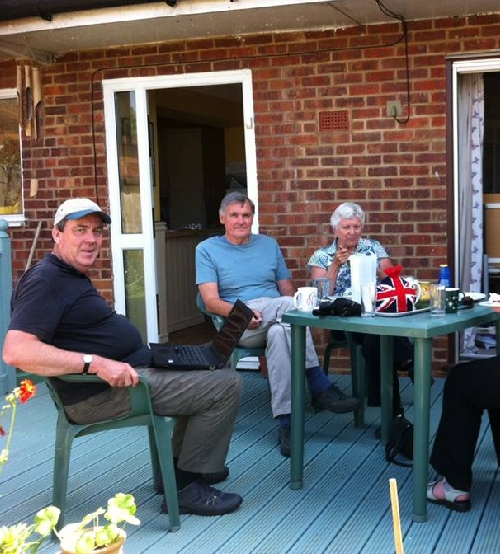
I spent the weekend of 6th -7th July, staying with my daughter Christa and son-in-law Ian, at their home in Daventry, Northamptonshire. Christa did ask me not to post a photograph of her here on my blog, so instead, here is a photograph taken by Ian, of me and his mother Eileen and step-father Barry, sitting on the decking at the rear of Christa and Ian’s home. The reason for the computer on my lap was to show some photographs – I wasn’t working, honest!
Having said that, I did have somewhat of a ‘busman’s holiday’ on Sunday morning. I preached at two services – in St. Mary the Virgin, Wilby and St. Nicholas, Great Doddington, on behalf of the Intercontinental Church Society (ICS), who have financially and prayerfully supported the Prague Chaplaincy since 2000. These two parishes on the outskirts of Wellingborough, in turn, support the work of ICS. It was wonderful to meet people who faithfully pray for us in Prague. In turn, they enjoyed meeting and hearing me in person, rather than just knowing of me through a photograph in the ICS magazine.
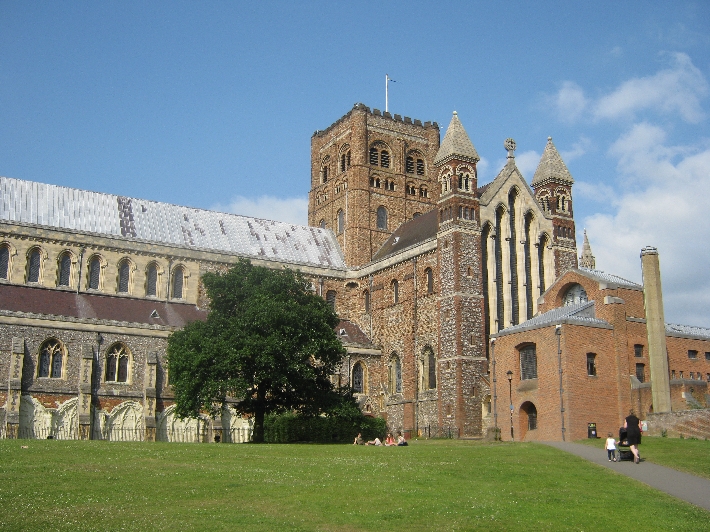
With a few hours to kill before my flight back to Prague on the evening of Monday 8th July, I revisited somewhere that has a special place in my own spiritual journey – the Cathedral and Abbey Church of St. Alban, to give what is commonly known as St. Albans Cathedral, its correct, full name. Here, just over twenty-four years ago on 2nd July 1989, I was ordained deacon, and a year later on 1st July 1990, ordained priest.
The original Abbey Church was built on the site of where Alban, the first English Christian martyr, was put to death for his faith. It is quite a number of years since I was last here and it was wonderful to be able to both pray privately in the Cathedral, as well as to attend Evensong, before heading back to Slip End to return the car, and then to Luton Airport to fly home.

